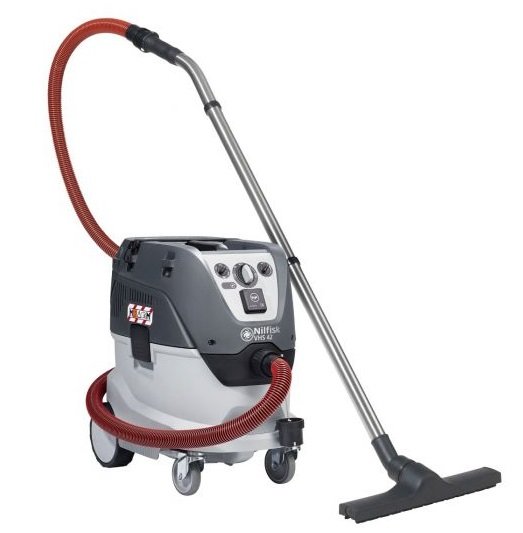
|
Tensens Cleaning Supplies |
|---|
Below, we discuss six steps to take if your commercial vacuum stops sucking, including checking the filters, checking the hose and attachments, checking the power source, inspecting the motor, replacing the belt, and cleaning the roller brush. We recommend professional cleaners or busy venue only buy Vacuums from respectable brands. These include Nilfisk Vacuums or Numatic Vacuum Cleaners for example.
Checking the Filters
The first step to take if your commercial vacuum stops sucking is to check the filters. Depending on the type of vacuum, there may be one or more filters that need to be looked at. Some can be cleaned while others need to be replaced.
If the filters are clogged or dirty, they can restrict airflow and reduce suction. It is important to check the filters regularly and replace them when necessary. Additionally, some vacuums have a filter indicator light that will turn on when the filter needs to be replaced.

Checking the Hose and Attachments
The next step to take if your commercial vacuum stops sucking is to check the hose and other attachments. If the hose is clogged or kinked, it can restrict airflow and reduce suction.
It is important to check the hose for any blockages or kinks and also make sure it is properly attached to the vacuum. You should also check any attachments that are being used with the vacuum too. If they are clogged or damaged, they can of course, also reduce the suction.
Checking the Power Source
The third step to take if your commercial vacuum stops sucking is to check the power source. If the vacuum is plugged into an outlet, make sure it is plugged in securely and that the outlet is working properly.
If the vacuum is battery-powered, make sure the battery is fully charged and that all connections are secure. Don’t forget, many vacuums have a power switch that needs to be turned on in order for the vacuum to work, aside from being plugged into the wall correctly.
Inspecting the Motor
The fourth step to take if your commercial vacuum stops sucking is to inspect the motor. This might sound a bit daunting for some of you. If the motor is not working properly though, it can reduce suction.
It is important to check out the motor for any signs of damage or wear and tear. Also feel (very carefully) if it is overheating. If there are any issues with the motor, it may need to be replaced or repaired.
If a motor is very hot, it can also be caused by blocked filters that make the engine work a lot harder. Cleaning or replacing the filters, and then letting the vacuum cool down, might just solve the problem.
Replacing the Belt
The fifth step to take if your commercial vacuum stops sucking is to replace the belt. The belt is responsible for powering the roller brush, which helps to agitate dirt and debris so that it can be sucked up by the vacuum. If the belt is worn or broken, then the roller brush won’t spin. This in turn reduces the effectiveness or suction of the vacuum. It is important to inspect the belt regularly and replace it when necessary.
Cleaning the Roller Brush
The sixth step to take if your commercial vacuum stops sucking is to clean the roller brush. The roller brush can become clogged with dirt, hair, and all sorts of other debris over time. That can affect the roller brush function and reduce suction. It is important to clean the roller brush regularly to prevent this from being an issue.
We Hope That Helps
If your commercial vacuum cleaner has stopped sucking or feels less powerful, then we hope it is fixed with one or more of the tips above. If you have one of our vacuum cleaners, then we might also stock spare parts to fix them for you if needed.
When nothing else works though, you might have to get it repaired or replace it with a newer model. Thanks for reading. If you have any questions about buying new commercial vacuum cleaners, then feel free to contact us today.